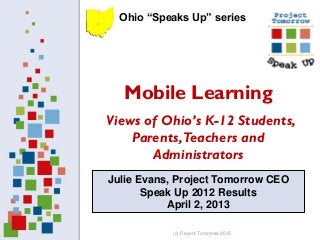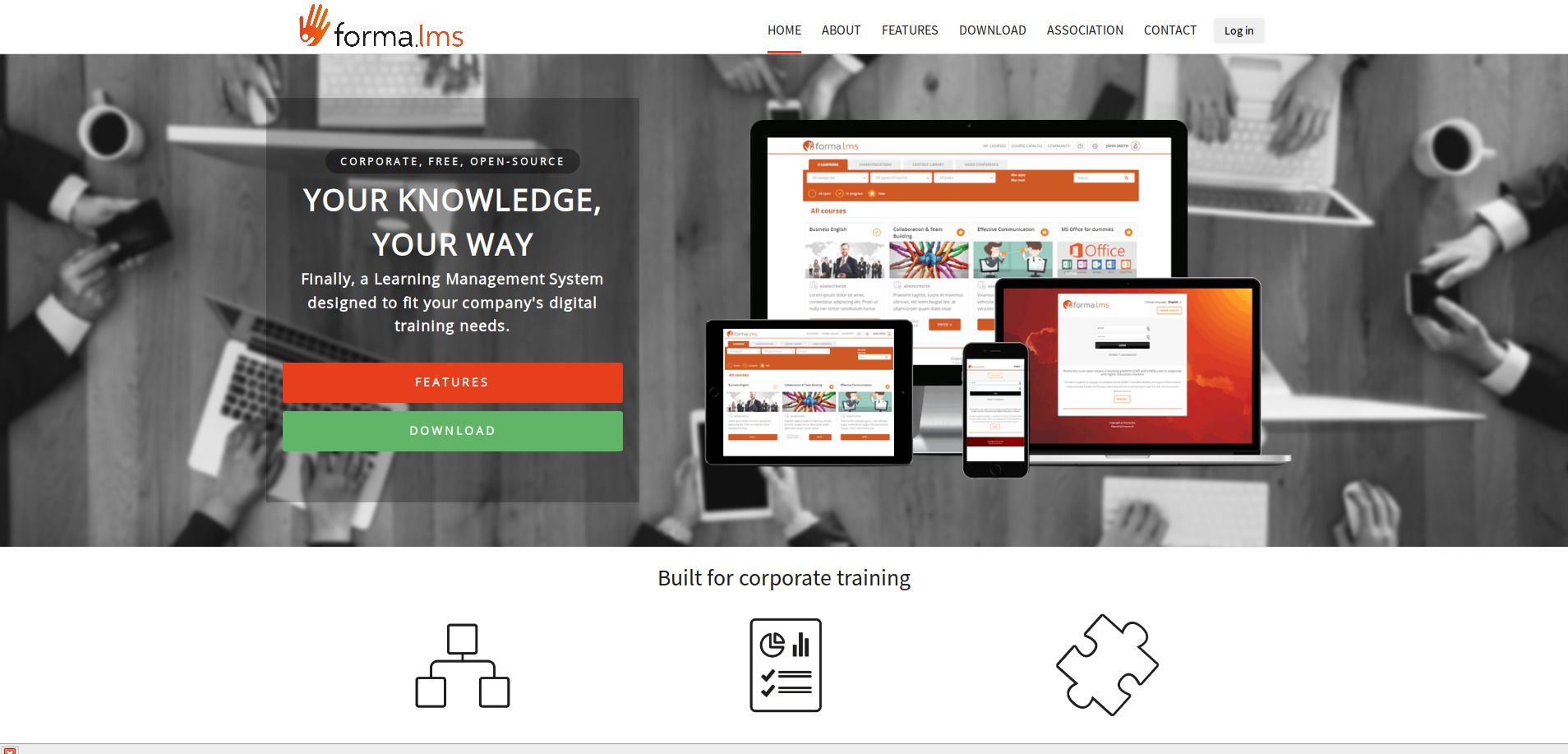
A learning experience is a combination of different elements. There are four main categories of elements that you can use to make a learning experience more memorable. These are Environmental Elements, Articles Case Studies, Feedback, and Articles. Each type of element has a purpose. These elements should be used as intended, but they can be combined as needed. Read on for more information. These are some tips:
Environmental Elements
There are many ways to influence student behavior. Environmental elements can play a significant role. Research shows that students respond differently to certain types of lighting and noise. Also, students may respond better to quieter temperatures and ambient music. Teachers should be aware and adapt to these differences. Here are some common environmental elements that can have an impact on learning. While this list does not cover all environmental elements, it should be considered when planning classroom activities.
Articles
An article is the most widely used type of learning material. It can be an external or internal link. You may also use an infographic, presentation, or other learning material from your company's vision and mission page, employee handbook, career framework, or job description. Articles may either be written by employees or may be made available to the public. Videos can, however, be embedded in your website and used as required data protection training video.

Case studies
Apart from the standard research approach, case studies can also be done in a variety of ways, such as thick or thin description. Thick descriptions are focused on describing the entity and its people. They also interpret descriptive and demographic data. Thin description refers to the study of the phenomena' specific characteristics. The process also encourages students to reflect on the case's significance, which is helpful for assessing its effectiveness as a teaching tool.
Feedback
It is vital that educators tailor their feedback regarding learning elements to individual learners' needs. It is impossible for feedback for all learners to be effective. Therefore educators need to take into consideration the strengths, weaknesses and motivations of each learner. This can require extra work from educators, but tailoring feedback for each learner is a good way to establish a relationship that fosters respect between the educator-learner. This can increase receptivity as well as engagement.
Navigation features
Navigation features include many learning elements. Some navigation features are mandatory, others are optional. Required navigation features are those that require the learner to make specific choices to progress through a process. These elements include the basics like start and exit. However, optional features enhance the process. Some elements offer the ability to save and bookmark selected items. Consider the needs and preferences of the user when designing navigation elements for learning elements.
Reward the learner
Engaging learners in learning is an excellent way for them to be motivated and engaged. A reward system has been shown to increase performance by as high as 44% according to studies. Additionally, reward systems can decrease turnover rates. This article will explore the various ways to reward your learners. The same incentive system can be used to motivate employees to learn SAP. It will help to determine the right combination between rewards and learning.

Transfer of skills and retention
These two crucial learning elements are closely connected. The task is carried out during training. Afterward, the skills can be tested. While transfer and retention of skills are closely related, the former is far more important than either. The temporal distribution is critical for both the transfer and retention of skills. In the short-term, massing practice leads to better performance. However, long-term, it is the spacing between practice that matters.
FAQ
What systems are used to teach e-learning courses?
E-learning allows students to learn online from their computer screens. You can engage in interactive activities, such as discussions, quizzes and tests.
E-learning also offers web-based programs that enable users to access information from the internet through a computer. This program is also known as "online learning".
Is eLearning efficient?
E-learning allows learners to access learning content anytime, anywhere. It offers learners easy access to information at any time and from anywhere.
E-learning allows you to offer training programs at your convenience without needing to travel or use classroom space.
What are some e-learning tools?
The most effective way to deliver learning content is by using interactive media such as video, audio, animation, etc.
These media allow learners interaction with the content. They also increase learner engagement and retention.
Online courses often include video, text, audio, and interactive features.
These courses may be free or paid for.
Some examples of e-learning tools include:
-
Online courses
-
Virtual classrooms
-
Webinars
-
Podcasts
-
Video tutorials
-
Self-paced e-learning modules
-
Interactive
-
Social networking sites (SNS).
-
Blogs
-
Wikis
-
Discussion forums
-
Chat rooms
-
Email lists
-
Forums
-
Quizzes
-
Surveys
-
Questionnaires
What are some of the key obstacles to eLearning success?
The primary challenge of e-Learning isn't technical, but cultural. It's all about people and how they interact.
It is important to know what motivates people and how they learn best. Also, we need to find out what makes them feel most comfortable learning online.
This is where it's important to find ways of making this experience as natural and enjoyable as possible.
How do you choose the right eLearning platform to use for your business?
There are thousands of eLearning platforms available today. Some are free while some are more costly.
There are some things you should ask yourself before making a choice between these options.
-
Are you interested in creating your own learning materials? You have many options to create your eLearning courses using free tools. These include Adobe Captivate, Articulate Storyline, Lectora, iSpring Suite, and Camtasia.
-
Do I want to purchase ready-made eLearning courses? Several companies sell pre-packaged courses. These courses range in price from $20 to $100. Mindjet, Edusoft and Thinkful are the most popular.
-
Or do I prefer a combination? Many people find that using a combination of company materials and their own material produces the best results.
-
Which option is right? It depends on your situation. If you are just starting out with eLearning, you might consider creating your own materials. After you gain experience, you may be able to purchase pre-designed courses.
What is eLearning all about?
E-learning is time-consuming. E-learning requires an understanding of the learning process. Learners should have a clear understanding of what they want from their learning experience.
The content must be informative and engaging. Learning materials should include visual aids such as images, videos, animations, and interactive elements.
E-learning should be fun and engaging. It should put a lot of emphasis on motivating learners. This includes giving feedback and encouraging learners who work hard to achieve their goals.
Statistics
- Interestingly, students' participation in online training grew by 142% in the past year alone, indicating how quality education and up-to-date teaching pedagogy are preferred by learners and working professionals to upskill across India. (economictimes.indiatimes.com)
- The UK sample was relatively balanced in terms of gender (56% male) compared to the Gambian group (77% male). (sciencedirect.com)
- According to ATD's 2021 State of the Industry report, technology-based learning methods, including e-learning, accounted for 80 percent of learning hours used in 2020. (td.org)
- However, e-learning courses that are engaging, well-designed, and interesting are likely to be perceived as useful by e-learners (Roca & Gagné, 2008). (sciencedirect.com)
External Links
How To
What are some examples? What are the advantages of elearning?
There are many types and styles of elearning that you can choose from, such as:
-
Distance Learning - A distance learning program takes place entirely through the internet.
-
Onsite Training - An onsite training program involves a group of participants coming together to receive training in person.
-
Virtual Classroom - A virtual classroom is a computer-based environment that allows students to communicate with each other, teachers, and even experts via chat rooms, forums, and more.
-
Webinars, live presentations on the internet. These allow you to make real-time connections with your audience.
-
Self-Paced Courses: These courses don't require an instructor and can be completed at a pace that suits you. Logging in to the course is easy.
-
Interactive Tutorials – Interactive tutorials can be used to show users how to do specific tasks.
-
Social Media Learning platforms - Twitter and Facebook provide great learning opportunities. Students can share ideas, ask questions, and get feedback from friends and peers.
-
Online Forums - Online forums are a good way to discuss topics related to your field of study.
-
Podcasting – Podcasting involves creating audio files to be downloaded and later listened.
-
Video Conferencing: Video Conferencing allows two or more people meet virtually face-to-face using video conferencing.
-
Mobile Apps: These are apps that are specifically designed for smartphones and tablets.
-
Online Quizzes- These online quizzes make it easy to find out what you know about a topic.
-
Discussion Boards – These online communities allow you to post messages, view messages from others and respond to them.
-
Website Content management Systems (CMS): CMSs are software systems that allow website owners the ability to easily update their site's content.
-
Blogging – Blogs allow readers to post comments and opinions.
-
Wikis – Wikis allow multiple users to simultaneously edit pages.
-
Chat Rooms: Chat rooms are an online area where users can communicate with one another.
-
Email Lists: Email lists are groups or email addresses that you can use to send messages.
-
RSS Feeds - RSS feeds are news aggregators that collect articles from various sources and present them as an easy-to-read list.